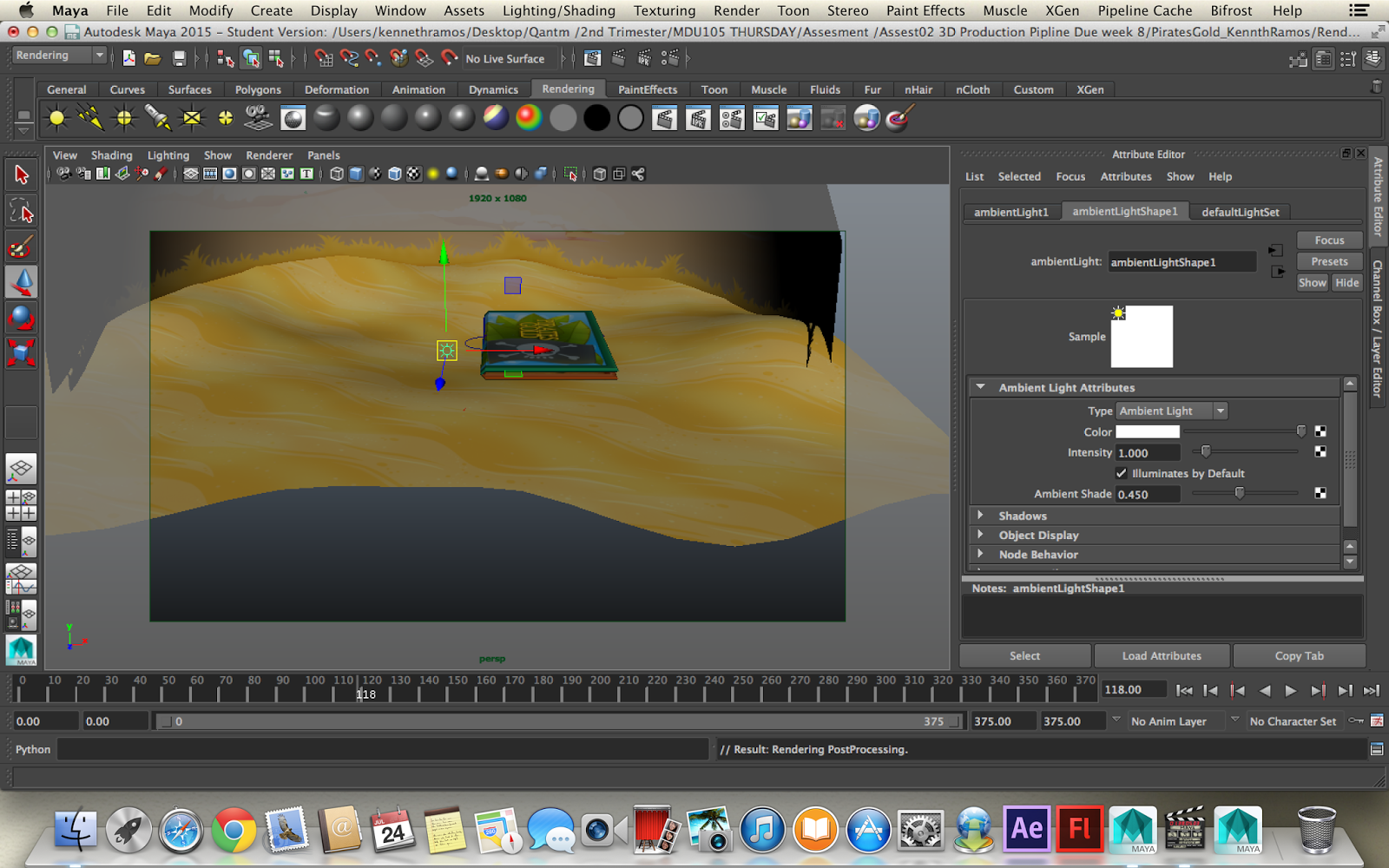Introduction
The different textures and shaders affects the way a surface appears in 3D, it really depends on what you are after but like
“In many 3D applications, when a model is created, by default that model will be a single color - usually gray. A real world analog to this would be sculpting in clay. When a clay sculpture is created the color of the sculpture is the color of the clay. It is only after the artist paints or glazes the sculpture that it takes on a unique color. The same is true when modeling in 3D; the 3D “clay” is a single color determined by the modelling application. Instead of painting directly on to the model in DAZ Studio we apply “Textures” or “Image Maps” to give the model color.” (“III - Textures, Surfaces and Materials”).
“A “Surface” is a specific subsection of the 3D model, a group of specific polygons, that share common properties to describe what the surface of the model looks like. When an artist models an object, he or she will assign specific sections of the model to a named surface. When they are finished, every polygon of the model will be assigned to one surface or another. A simple model may have only one surface, while a complex model can have multiple surfaces. The Genesis figure, for example, has 26 surfaces.” (“III - Textures, Surfaces and Materials”).
It helps with my UV mapping and designing, an objects within the 3D models.
“A shader (also called a shading-network or surface material) is a set of instructions attached to a 3D model, which tells a render engine how the model's surface should interact with light. Without a shader a 3D model would actually be invisible, existing only as a collection of raw data points. This is because the software's render engine would have no programmed instructions for displaying it on the screen—in a way, a shader is what gives a 3d model its visual appearance.” (Slick).
This helps me explain on what I need to know, when it comes to render engine.
In the reality is, we have a lot of basic fundamentals on surfaces to choose from as “Just as there are hundreds of different surface types that appear in the real world (metal, plastic, stone, wood, ceramic, etc.), dozens of different shaders are typically needed to accurately surface an entire 3D scene. A model with a dull, non-reflective surface like cloth or canvas requires an entirely different shader type than a glossier surface like plastic or polished wood.” (Slick).
Surfaces have alot of variety to choose from when putting onto a different surfaces.
“A great deal of time can be dedicated to each frame, so every polygonal object can have its own dedicated shader network. For example, an automobile model might have separate surface materials for the glass of the windshield and headlights, the painted body of the vehicle,”
“On the technical side of things, shaders are built on high-level shader languages like Direct3D or OpenGL. There are three different types of high-level shaders: vertex shaders, pixel shaders, and geometry shaders—if that sounds complicated, it's because it is.”
Here is some of the shader types that comes standard in most Maya software standards in software like ZBrush, Maya, 3dMax
“Lambert: The most “diffuse” of all the common shader types, meaning that light is evenly scattered about the surface rather than being directly reflected. A lambertine surface has the same apparent brightness regardless of the angle from which it is viewed”
“Blinn/Phong: Almost visually identical to one another, blinn or phong shaders are typically used for reflective surfaces like metal or ceramic.”
it is very similar to others like Lambert, not much of a difference there when I tested it. Only the lighting that affects it.
“Anisotropic: An anisotropic shader also shows a distinct highlight, but in this case the reflection appears as an elongated ellipse.”
“These generic shader types are simply a set of base parameters that can be fully customized to meet specific needs. It's very rare that a generic shader will perfectly satisfy the artist's aesthetic goals without some sort of modification. A small sample of modifiable shader parameters includes: Diffuse Color Opacity Reflectivity Specularity Incandescence Translucence Ambient Color”
This will helps me when modeling an objects and have a better understanding into it.
“Surfacing is an extensive subject, and makes up an entire segment of the computer graphics production pipeline. There are artists who have spent their entire careers developing textures, surface maps, and shaders for the characters, props, and 3D environments you see in films and games.”
Interesting enough, we need to learn the basic, like how objects is shaded, textures. Which can be translated into attributes on shading networks nodes in Maya. And try to achieve exactly how we can make it successful. When the surfaces on the objects becomes shiner, it begins to explain the highlights and the reflections. When you show the hot spots where the light works are reflected. When the lights are reflecting the objects it reproduce light bounced from surrounding objects.
Here are some of the examples that I’ve collected in online on how each, shades/textures are differents.
The treasure chest that created I used Lambert for the treasure
Bibliography
(n.d.). Iii - textures, surfaces and materials. Retrieved from
Slick, J. (n.d.). Surfacing 101 - shading networks and surface materials. Retrieved from
http://docs.unity3d.com/Manual/SL-SurfaceShaderExamples.html



































